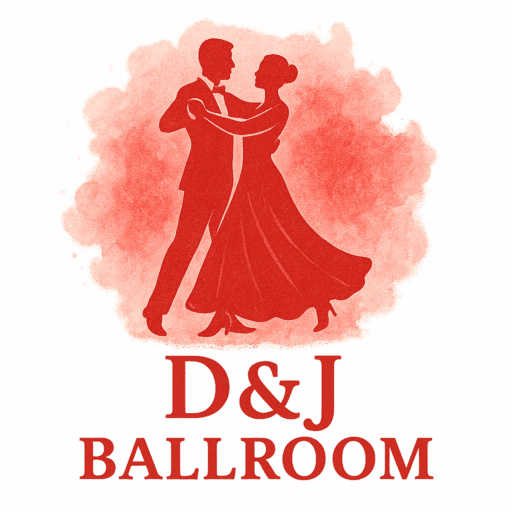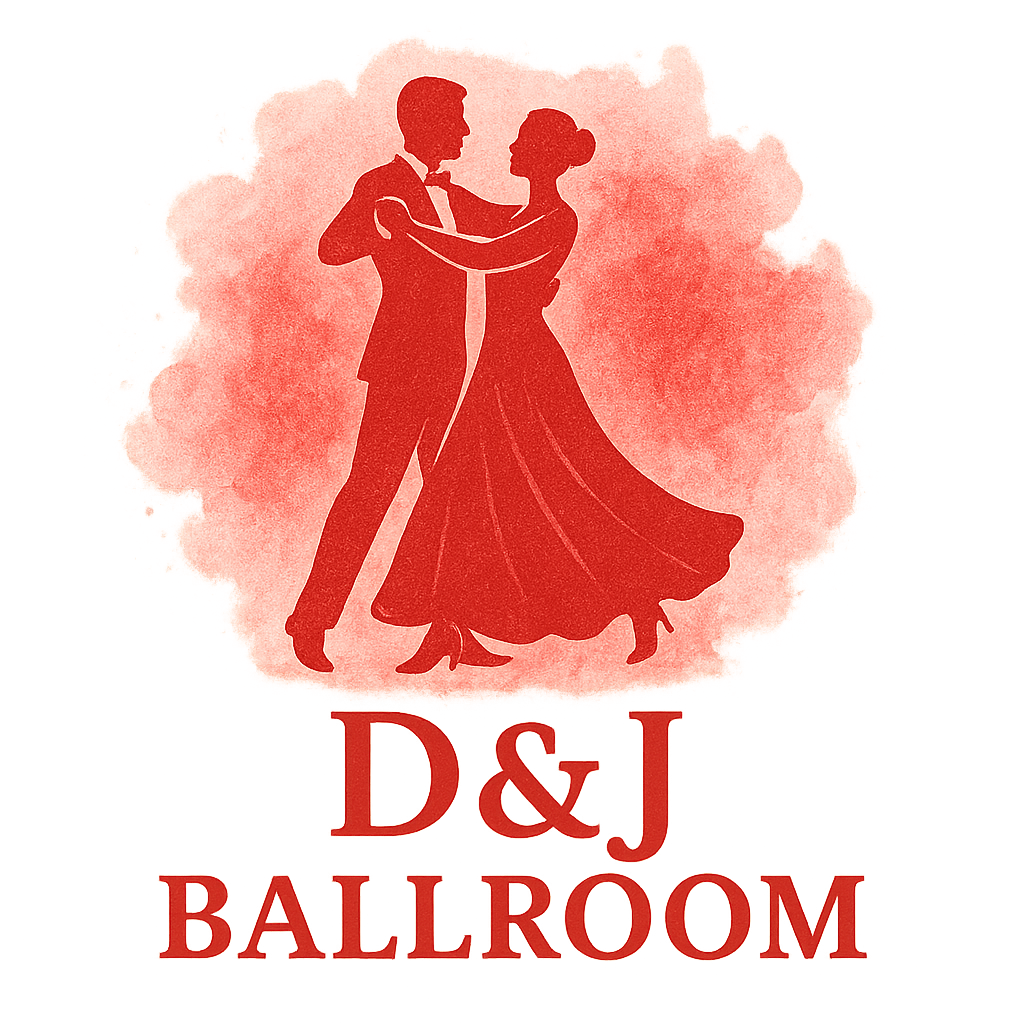Introduction: Why Body Alignment Matters in Ballroom Dancing
If you’ve ever admired the elegance of a professional ballroom performance, you probably noticed their impeccable posture and seamless flow. That magic doesn’t come by accident—it comes from mastering body alignment drills that give dancers grace, balance, and connection. Without alignment, even the most polished steps look awkward. That’s why learning structured ballroom drills is essential, whether you’re new to social dance or training for competitive ballroom events.
Understanding Proper Body Alignment in Ballroom Dance
The Role of Posture in Ballroom
Posture is the foundation of ballroom. Just like a strong frame supports a house, proper posture supports your dance frame. A lifted chest, strong core, and lengthened spine create the iconic lines admired in classic ballroom styles like the waltz and tango.
Connection Between Balance and Alignment
Good alignment enhances balance, keeping your weight evenly distributed. This is crucial not just for spins but also for smoother partner transitions, a principle rooted in traditional ballroom techniques.

How Alignment Impacts Dance Aesthetics
Alignment is more than mechanics—it shapes how the audience perceives your movement. With alignment, even simple walks look elegant, helping you embody the artistry celebrated throughout ballroom history and culture.
Preparing for Ballroom Technique Drills
Warm-Up Essentials
Always warm up with gentle stretches, joint rolls, and dynamic movements. Warming up protects your muscles and primes your body for smooth motion across the dance floor.
Breathing and Core Engagement
Incorporating breath control stabilizes your core, which is essential for holding frame in dances like waltz or tango.
Mindset for Training
Approach drills patiently. These aren’t quick fixes but long-term skills that refine both social and competitive training.
Drill 1: The Wall Test for Posture
Stand with your back against a wall, aligning heels, hips, shoulders, and head. This reinforces neutral spine alignment and helps you understand where your posture naturally deviates.
- Common Mistake: Flattening your lower back unnaturally. Preserve your spine’s natural curve for a safe, elegant hold.
Drill 2: Mirror Practice for Visual Feedback
Practicing in front of a mirror helps you monitor posture and frame symmetry. This drill is especially effective for frame correction techniques.
- Focus on keeping shoulders level.
- Avoid tilting your head while executing dance figures.
Drill 3: Core Engagement with Resistance Band
Place a resistance band around your waist while practicing. The gentle pull forces your core to activate, strengthening muscles used in ballroom drills.
- Builds endurance for long routines.
- Reinforces stability during pivots and turns.
Drill 4: Frame Holding Exercise with a Partner
Dancing is about connection. In this drill, work with your partner on maintaining a strong yet relaxed frame. Keep elbows lifted and shoulders down, avoiding collapse.
- Perfect for enhancing partner connection in both social and competitive ballroom.
Drill 5: Slow Walk Alignment Drill
Walk across the floor in slow motion, ensuring head, shoulders, and hips stay aligned. Imagine a string pulling you upward—this prevents slouching.
- Particularly useful for mastering elegance in standard dances like the foxtrot or Viennese waltz.
Drill 6: Rise and Fall Technique with Counts
Practice controlled rise and fall, especially for dances like the waltz. Inhale on the rise, exhale on the lowering.
- Avoid: Collapsing knees, which ruins body alignment.
Drill 7: Balance Check Using One-Leg Stand
Stand on one leg for 10–15 seconds, switch, and repeat. This sharpens ankle and core strength.
- Improves balance needed for advanced turns in ballroom competitions.
Drill 8: Partner Connection Alignment Exercise
Work on maintaining proper body contact without leaning. Synchronize your movements so they feel fluid instead of forced.
- Strengthens awareness of dance connection points.
Drill 9: Alignment Flow Drill Across the Floor
Combine walking, frame holding, and rise-and-fall into one continuous drill. Travel across the floor while maintaining clean lines and posture.
- Enhances floorcraft, a vital skill for ballroom events and showcases.
Tips for Maximizing Results from Ballroom Drills
- Consistency over intensity: Short daily practice is more effective than weekly marathons.
- Record your progress: Watching videos highlights small alignment flaws missed in practice.
Common Alignment Mistakes in Ballroom Dance
- Overarching the back – Strains your spine and destabilizes movement.
- Dropping the frame – Makes your dance look sloppy.
- Leaning forward or back – Creates tension for both you and your partner.
These mistakes often become habits without targeted ballroom training drills.
Benefits of Proper Alignment in Ballroom
- Prevents injuries by reducing joint stress.
- Strengthens partner connection, especially in Latin and Standard styles.
- Elevates performance by creating the elegant body lines judges expect.
Conclusion
Body alignment is the unsung hero of ballroom dancing. By practicing these nine drills regularly, you’ll not only improve posture and control but also enhance your partner connection and overall performance. Whether you’re preparing for social dancing or the spotlight of a ballroom competition, alignment is your ticket to dancing with confidence and grace.
FAQs
1. How often should I practice ballroom technique drills for alignment?
At least 15–20 minutes daily for consistent progress.
2. Can beginners use these ballroom drills?
Yes—these are effective for dancers at any level.
3. Do I need special equipment?
Just a wall, mirror, and resistance band—simple tools with powerful results.
4. How long before I see improvement?
Most dancers notice posture changes within 3–4 weeks of consistent training.
5. Are these drills useful for competitions?
Absolutely—alignment is a key judging factor in ballroom competitions.
6. Can poor alignment cause injuries?
Yes. Misalignment increases stress on joints and muscles.
7. Should I practice alone or with a partner?
Both—solo drills build awareness, partner drills enhance connection.


